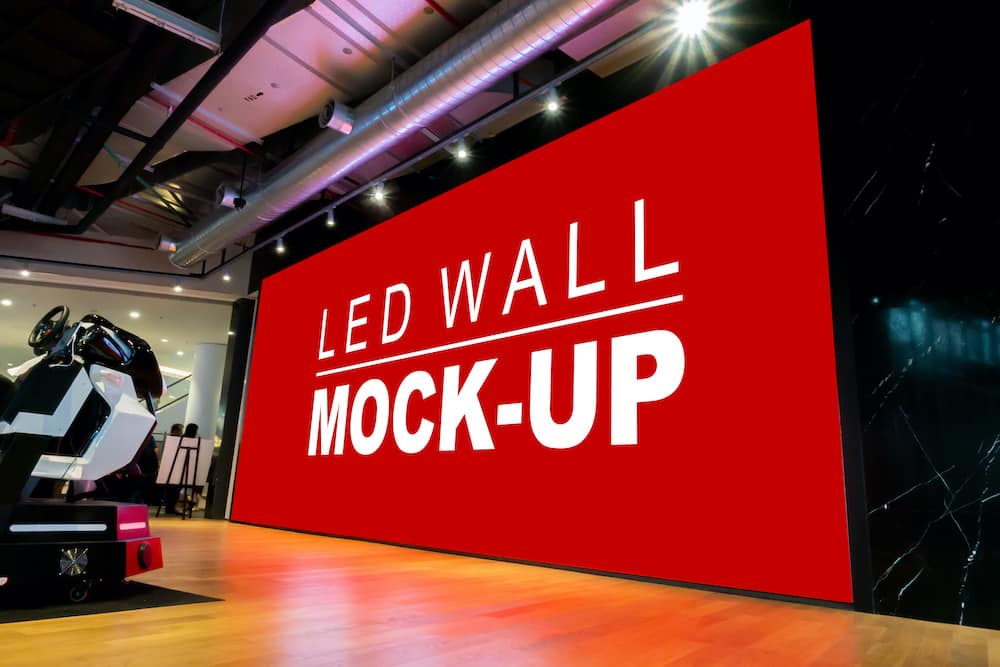Investigating The Way Resolution Affects the Functionality and Visual Caliber of LED Walls in Contemporary Display Technology
Investigating The Way Resolution Affects the Functionality and Visual Caliber of LED Walls in Contemporary Display Technology
Blog Article
LED screens are becoming increasingly common in different settings, from concerts and athletic competitions to corporate presentations and creative exhibits. One of the key important factors that influence the functionality and image clarity of these displays is resolution. Resolution refers to the quantity of pixels that make up the image on the display. Increased image clarity indicates additional pixels, which can lead to sharper and crisper images. Grasping how image clarity impacts LED walls can assist operators make informed decisions about their display needs.
When talking about image clarity, it is crucial to take into account picture spacing, which is the distance between the center of one pixel to the center of the next pixel. A smaller pixel pitch results in a higher image clarity, enabling more clarity in the visuals shown. For instance, an LED screen with a pixel pitch of 1.5mm will offer a sharper visual than one with a picture pitch of 3mm. This is particularly important in environments where audiences are near to the display, such as in a small venue or a trade event booth. In these cases, a greater resolution can significantly enhance the viewing quality.
Another aspect of resolution is its impact on color accuracy and luminosity. LED screens with greater resolutions often have better color rendering, indicating that the colors displayed are increasingly vibrant and true to life. This is crucial for applications like advertising, where the goal is to attract interest and communicate a message effectively. Additionally, greater image clarity screens can preserve brightness levels even when viewed you can check here from different perspectives. This is crucial in big locations where viewers may be seated at various ranges and positions from the screen.
The functionality of LED walls is also influenced by resolution in terms of refresh rates and response times. A higher image clarity screen can support quicker update frequencies, which is crucial for fast-moving material such as films and motion graphics. This indicates that the visuals on the display will look smoother and more fluid, enhancing the overall viewing quality. In comparison, reduced image clarity screens may have difficulty with dynamic material, resulting in fuzziness or lag. Therefore, for occasions that rely on high-energy visuals, choosing a display with a suitable image clarity is vital.
In summary, image clarity plays a crucial role in defining the functionality and visual quality of LED screens. Elements such as picture spacing, hue precision, brightness, refresh rates, and response times all affect how efficiently a screen can communicate data and engage viewers. As advancements continues to progress, understanding these elements will help users choose the appropriate LED screen for their particular needs, ensuring that they achieve the optimal potential outcomes in their presentations and events.